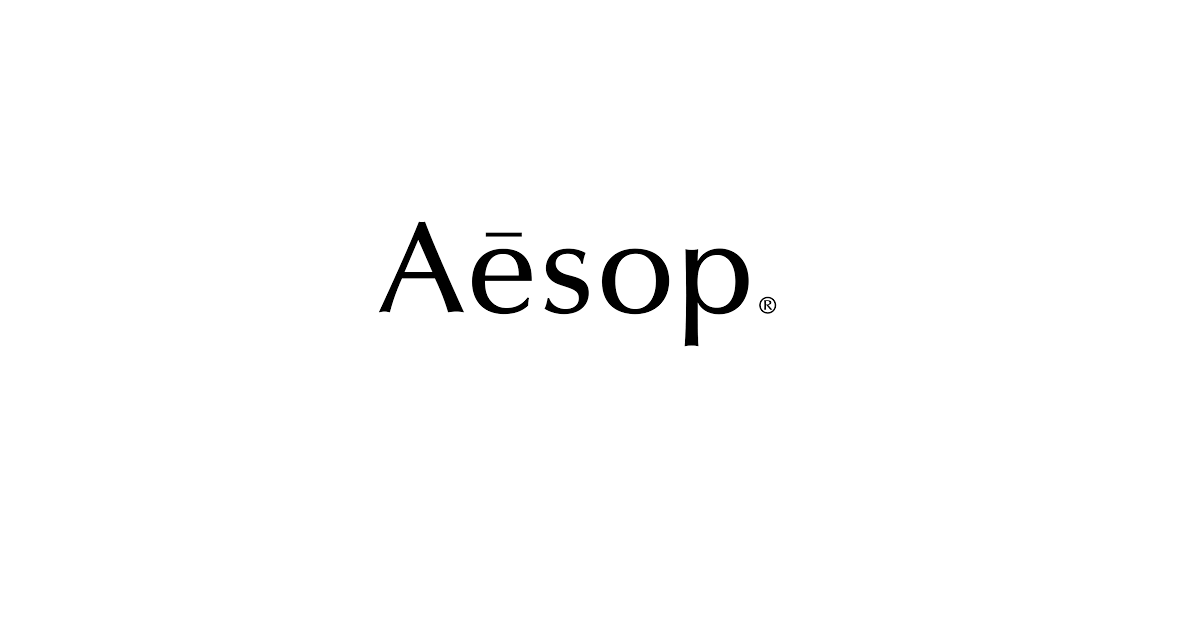Aesop Marrakech : Fragrance Review
A dark spicy oriental paired with a name evoking exotic and distant locales is an alluring combination. Marrakech speaks of the camel trails in the dessert, the noise of spice markets and the opulent scent of nightblooming jasmine hanging in the warm evening air.
Up To 40% Off Selected Items

Enjoy Complimentary Carbon Neutral Shipping On Orders Over $400

Skin Care Products Starting From $175

Subscribe & Get Back Discounts And Special Offers

Buy Now And Pay Later With Klarna

The romanticism of these images is distilled into the fragrances that comprise Serge Lutens range, however Aesop Marrakech is a raw take, a blast of hot dessert wind, rather than a delicate breeze carrying the scented secrets of the Middle Eastern palaces.
Marrakech, created by Australian company Aesop, is a fragrance composed solely of the non-synthetic ingredients. Spice and wood oils are combined into a linear fragrance that rather than developing from one stage into the next merely fades, its initial burning sensation becoming muted over time.
Disclosure: This post contains affiliate links. When you purchase a service or a product through the links, we might earn a commission, at no additional cost to you. Read full disclosure here.
It is a scent that might actually fill a place someplace in Morocco, rather than a dream-like vision of it. Thus, Marrakech is the heavy and pungent smell of the lane where medicinal wares are traded along with attars.The camphorous sharpness of clove rises in unison with the resinous facets of cardamom, underpinned by the pungency of patchouli. The effect has a sharp and raw sensation akin to catching a whiff of Tiger balm.
The fragrance mellows significantly after the initial spicy sharpness, however it retains a heavy and dark aspect. The density of sandalwood endows the composition with the opaque and sonorous quality. Nevertheless, that aspect would not have been problematic, given the fact that patchouli with its uplifting and effervescent earthiness counterbalances the effect to a degree. However, the lack of softness is makes Marrakech a difficult composition to wear.
The resinous dryness that fades slowly has a one-dimensional flat quality, with the fragrance reminding me either of the attar blend guests are anointed with during the Hindu weddings or the baptismal oil of the Orthodox church. Either scent is evocative and interesting; however smelling of it on daily basis is a whole another matter.
The booklet that accompanies Marrakech provides information on the creation of the fragrance as well as a thorough instruction on how to enjoy and apply it, which I would take to be tongue in cheek, since in that light it is rather entertaining.
For one thing, one is recommended to apply Marrakech “eleven minutes before expected encounters,” which certainly is out of a question given my level of time management. Then, one is told to “reapply at every opportunity,” which is a doubtful advice, given the strength and the tenacity of the fragrance.
Expected encounters might not materialize at this rate. Moreover, the booklet encourages having assistance during the application, with the Eau de Toilette “caressed over the skin concentrating on the nape of the neck, temples and arms.” Now, that was clearly an oversight on my part.
Notes include Patchouli oil, Neroli oil, Cardamom oil, Rose otto, Bergamot oil, Jasmine absolute, Clove oil, Sandalwood oil.



